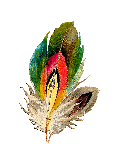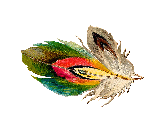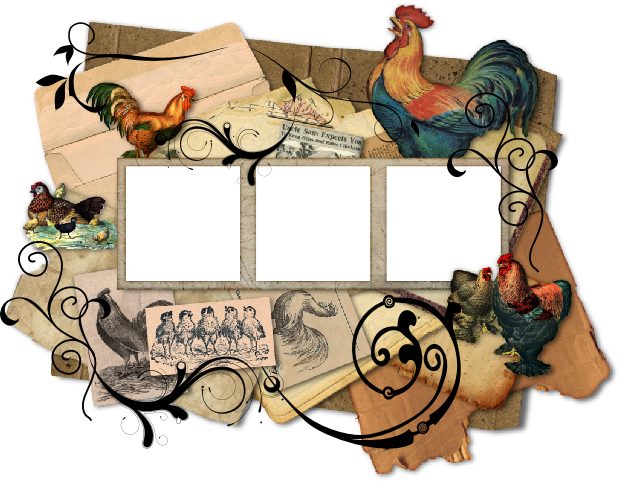
Roosters are very entertaining, if loud. Baby chicks can start crowing as young as 2 months of age or less! They tend to start crowing at around 4:30AM, which does not thrill your neighbors. We have found that placing sheets of wooden particle board on the outside of our coop at night keeps it dark and helps to muffle and reduce the inevitable crowing. Keeping your birds cooped overnight works as well.
Chickens have a strict 'pecking order' in which there is a Head Rooster and a Head Hen. Beneath them are the rest of the flock, in descending order of rank. The chickens decide among themselves who is top dog and who is on the bottom rung of the ladder. If you have more than one rooster, there will be a Beta Roo and his Beta Hen. On the pecking order ladder they fall just after the Head Roo and Hen. The Head Roo and Head Hen get first pick of food, nests and roosts, and can peck anyone they want and no one can peck them. And so on down the line. Youngsters and new adults added to the flock will be at the bottom of the pecking order. Hens who mature and come into lay seem to elevate themselves up the ladder, and broody hens do likewise.
You need a rooster if you want fertile eggs to hatch. Hens will still lay eggs with
or without a roo, but I think having a roo completes the circle, if you will. He
is a benevolent god-
I have this link on the ‘Links’ page as well, but it's so useful it bears repeating: A great page on Scott Shilala's site on taming not only roosters but chickens in general is here, well worth the read. Scott knows chickens and this is very wise advice!
This technique works, I use it all the time, both with new birds and when any bullying is going on:
Roosters
...And Why Your Rooster Will Never, Ever Be Head Roo

Velvet Sparrow
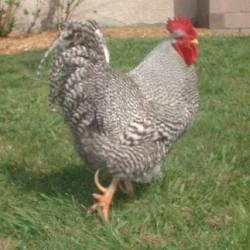 >
>
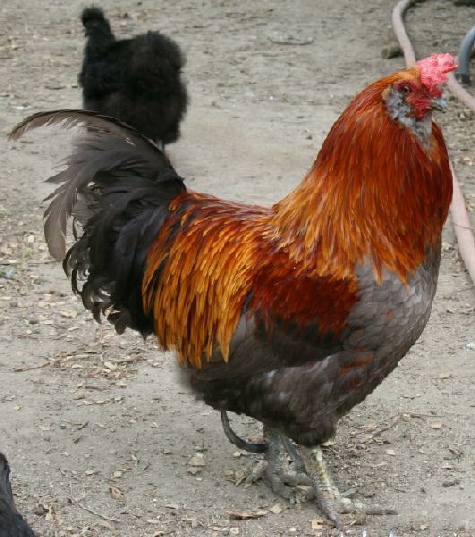 >
>
You can see the huge spurs on Jack, at left, and his son Phoenix, on the right. Below is one of Phoenix’s molted spurs. After he dropped this spur he STILL had at least a 2 inch long spur on his leg. So you can see why keeping your roos tame and handling them a lot is in your own best interest–as well as your kids’. Both Jack and Phoenix were huge sweeties that would never, ever have dreamed of hurting us–but it is because we handled them a lot and followed Scott’s advice on taming roos. Youngster roos will have smaller, shorter spurs, adults past the age of two will start to grow more serious spurs such as these.
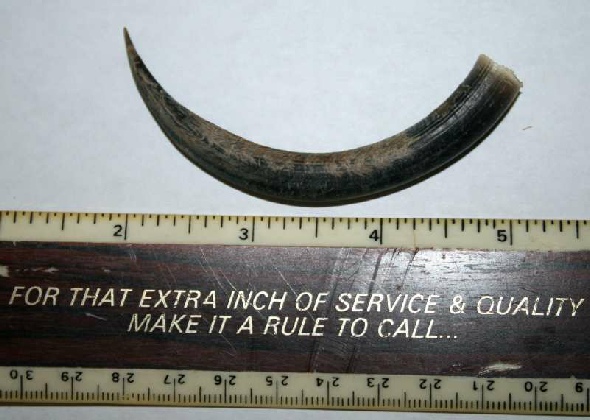 >
>
You need to make it clear the YOU ARE THE HEAD ROO/HEN. Do not allow any bird to
attack you, flog you or peck you in an aggressive way. This is different than your
favorite hen coming over to tug on your pant leg to say, 'Hey, I'm down here-
Be sensible when choosing a roo and opt for one of the breeds known to be docile
and friendly-
A good roo will forage for goodies and more often than not call the hens over with
an excited clucking when he finds something. He will hold the goodie in his beak
or hover over it, standing still and looking disgustedly contented, as the hen eats
it. He's almost in a trance. Sometimes he uses this opportunity to grab her by the
back of the neck and mate her, and sometimes he fakes finding something to lure a
hen his way for mating. Sometimes hens will fight off a rooster that is trying to
mate them, some submit. If a hen has a bald spot on the top and back of her head
(and sometimes on her back) she is being mated roughly and too often. Any girl with
her dance card this full needs some intervention by you-
Roosters have a peculiar "dance" that they perform for the hen of their choice. They will drop one wing and drag the wingtip on the ground while skipping on one foot around the hen in a circle while emitting a low chuckle. At our house we call this the "Hey, baby!" Most hens know what this means and will either flee or submit.
How many roosters should you have? Well, if you have the room and separate quarters,
one roo for every 6-
For my mixed backyard flock of standard size birds and banties, I keep one standard size roo and one banty roo. More than that causes problems in the form of fighting and bullying, which upsets the hens and the flock dynamic. The Head Roo will have his harem of favorite hens that stick with him, the Beta Roo will have HIS harem of favorites, and there are a few hens that kind of orbit and move among both groups. Sometimes roosters will cautiously greet each other (or you) with direct eye contact and a slow, languid flap or "wave" or their wings. The Lesser or Beta Roos wave first at the Head or Alpha Roo. This is a way of saying, "Hi, I'm friendly and mean you no harm, please don't kick my butt!" Some hens will do this as well. If a hen is feeling especially perky, she'll stand on her tip toes and greet you with a faster flap of the wings, but where the primary flight feathers actually make a 'clacking' sound as she whacks her wings together over her back. Kind of like a human clapping their hands.
My Head Roo Is Bloody And Hiding Under A Bush!
Oh, dear. Sooner or later, as your Head Roo gets older and less able to fulfill his
duties, any other roo, especially a younger one, is going to start getting ideas.
When he does and if he is successful, the former Head Roo's fall from power is shockingly
swift, violent and in most cases is for good. Sometimes the new Head Roo will suffer
the old guy to stay on in the Beta Roo position–or he gets his butt kicked as every
other roo you have, plus some of your hens, takes a shot at him on his way down.
Sometimes the old fella is banished to a corner of the barnyard with his favorite
hen or two. Sometimes you have a decision to make if the new Head Roo won't stop
beating up on the old guy-
We once had to bring our young and strong Head Roo, Phoenix in for a couple of weeks while an injured leg healed. While he was recuperating, Scott, our bantam Beta Roo, thought the world was his and he'd moved up the ladder. Well, much to his surprise, one day Phoenix was reintroduced to the flock. The hens had no problem, but Scott DID. Scott chased and fought with Phoenix, who fought him a bit (and was so big he sat on Scott several times) but mostly ran, since in his mind HE was now the newcomer. We still wanted to keep both boys, and in an effort to get things back to the way they were, we confined Scott to the coop for about a week while Phoenix had free range of the yard and the hens. We hated doing it, and needless to say, Scott was upset about this, but it did work and eventually we were able to merge everyone back into one flock. Things are now as they used to be.
What The–? My HEN Is Crowing!
Ah, the 'crowing' hen. Yes, it does happen. You are SURE she is a hen, you've seen
her lay eggs! Still, she crows-
In the old days a crowing hen was seen as a sign of ill luck and was killed outright.
Sometimes, in the absence of a rooster, one of hens that is higher up in the pecking
order will begin to take on roosterly qualities-
It's just one of those strange things, nothing to be done about it, really. Try to gracefully ignore it.
Good Roos Being Good Boys


Enjoying the chickens? Has my site helped you?
Want to buy the chickens some goodies?
Click the button!



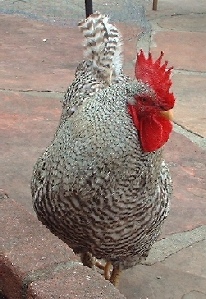 >
>


